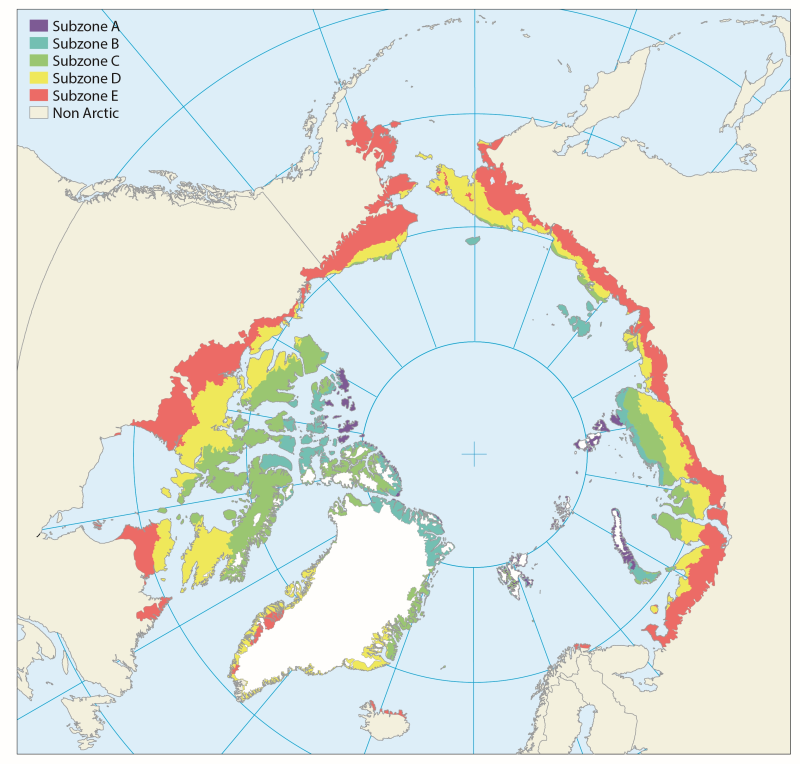algae
Type of resources
Available actions
Topics
Keywords
Contact for the resource
Provided by
Formats
Representation types
Update frequencies
status
-

Based on published scientific literature, the diversity of plants in the Arctic is reviewed. The plants are divided into three main groups according to essential differences in anatomy, morphology and reproduction. These are vascular plants, bryophytes (mosses and liverworts) and algae (micro- and macroalgae). As a whole, these three plant groups have the ability to perform photosynthesis. As primary producers they play a key role in the environment, since photosynthesis provides resources for all other organisms. Vascular plants and bryophytes (together with the lichenized fungi, the lichens) are the main structural components of terrestrial vegetation and ecosystems, while algae are more abundant in fresh water and marine ecosystems. Conservation of Arctic Flora and Fauna, CAFF 2013 - Akureyri . Arctic Biodiversity Assessment. Status and Trends in Arctic biodiversity. - Plants (Chapter 9)
-

This data set includes information on sampling locations, water chemistry and chlorophyll collected at 18 locations in the Great Lakes-St. Lawrence River and 4 locations in Lake Simcoe.
-
The Department of Fisheries and Oceans (DFO) Science Branch has designed a multispecies dive survey protocol to provide unbiased, coast wide monitoring of benthic invertebrate stocks (as may be required under the updated Fisheries Act) and associated habitat information for a suite of benthic marine invertebrate species (Green (Strongylocentrotus droebachiensis), Purple (S. purpuratus) and Red Sea Urchin (Mesocentrotus franciscanus), Geoduck (Panopea generosa), Giant Red Sea Cucumber (Apostichopus californicus), Northern Abalone (Haliotis kamtschatkana), and Sunflower Sea Star (Pycnopodia helianthoides)). Based on information available at this time, the proposed survey design can provide estimates of coast wide stock status for Red Sea Urchin and Giant Red Sea Cucumber, and relative abundance indices for Geoduck, Green Sea Urchin, Purple Sea Urchin, Northern Abalone and Sunflower Sea Star. The new protocol was tested through a series of pilot surveys conducted on a subset of areas of the BC coast each September from 2016-2021. Design of the pilot surveys was based on previous dive survey data and experience and demonstrated the practical feasibility of the protocol, while also gathering preliminary information to guide recommendations about the statistical design of the survey. The dataset consists of a relational database containing tables representing each component of the survey methodology. The primary component of the survey is a transect location. Along each transect, systematically spaced quadrats are sampled, and on each quadrat, substrate observations are recorded, multiple species of algae are recorded, and multiple individual invertebrates are measured or counted. The tables are linked by transect number and quadrat number.
-

The Lake Simcoe lake monitoring program provides measurements of chemical and physical water quality limits such as total phosphorus, nitrogen, chlorophyll a, pH, alkalinity, conductivity, dissolved organic and inorganic carbon, silica, other ions, water transparency, temperature and dissolved oxygen. Samples are collected biweekly during the spring, summer and fall. *[pH]: potential of hydrogen
 Arctic SDI catalogue
Arctic SDI catalogue